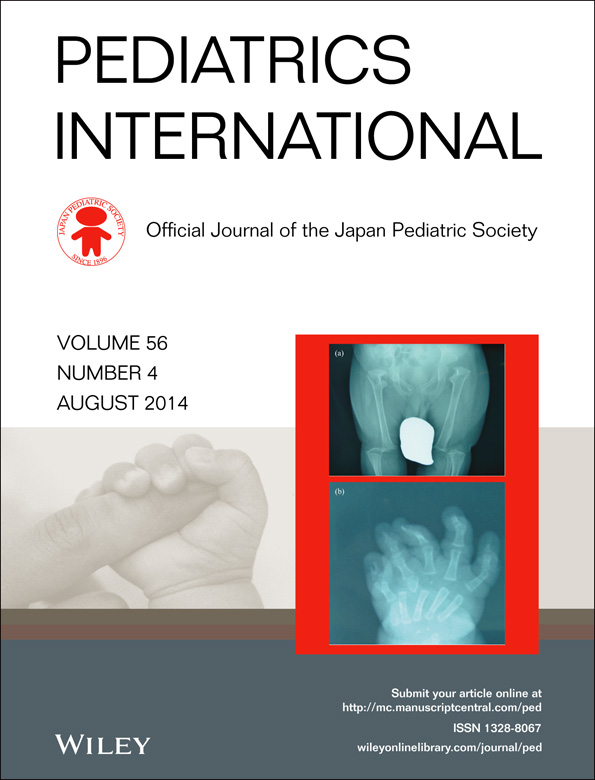Rapid deterioration of primary fourth ventricular outlet obstruction resulting in syndrome of inappropriate antidiuretic hormone secretion
Abstract
Fourth ventricular outlet obstruction (FVOO) is a rare cause of obstructive hydrocephalus. Although FVOO accompanied by malformative syndrome and secondary causes of obstruction are common, there are few reports of primary FVOO (PFVOO). The syndrome of inappropriate antidiuretic hormone secretion (SIADH) is a rare presenting feature of hydrocephalus. A 1-year, 8-month-old boy with a normal head circumference developed SIADH accompanied by rapid deterioration of symptoms of intracranial hypertension. PFVOO was diagnosed because magnetic resonance imaging revealed an enlarged ventricular system with a barely visible membranous obstacle at the foramen of Magendie. All symptoms were resolved by endoscopic third ventriculostomy. PFVOO should be considered as a rare form of congenital obstructive hydrocephalus, especially in patients with tetraventricular hydrocephalus. To the best of our knowledge, this is the first case of an infant with SIADH, resulting from acute deterioration of non-tumoral raised pressure hydrocephalus.




